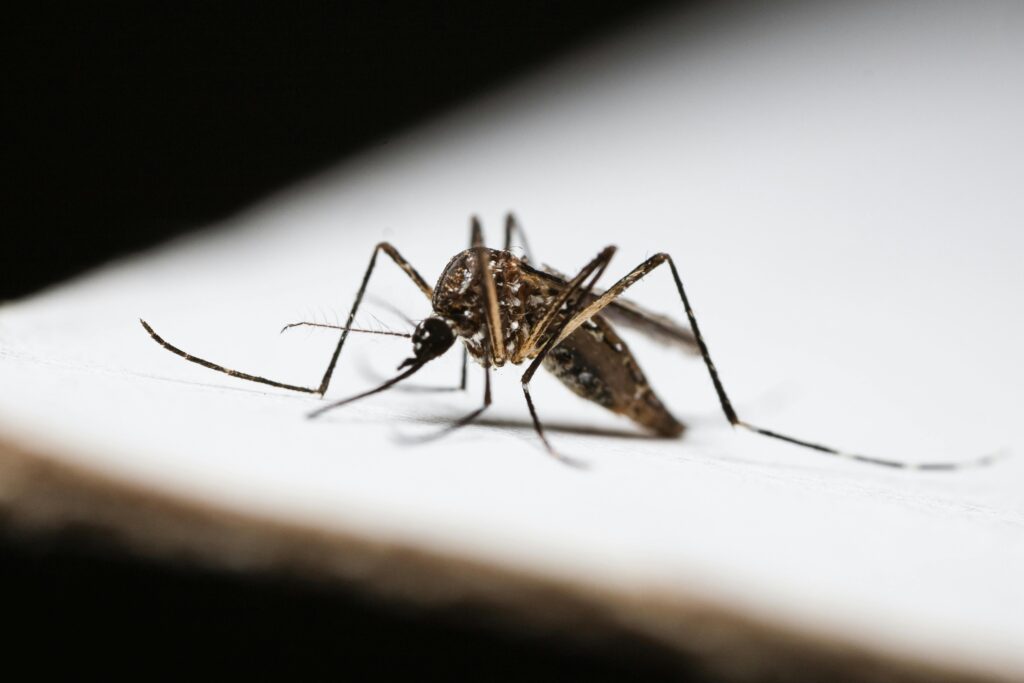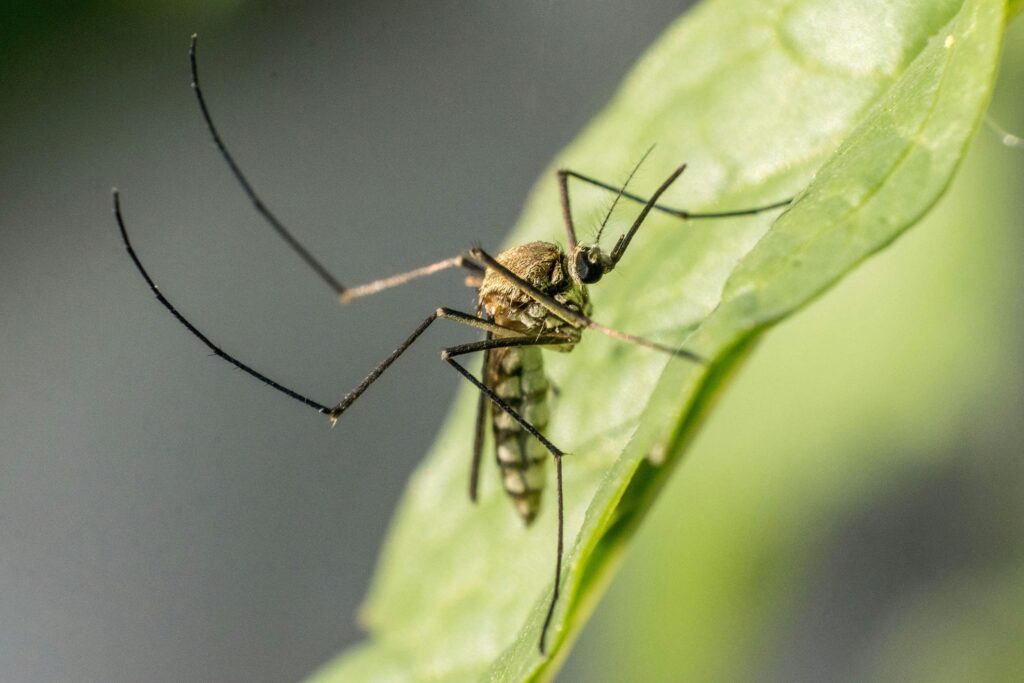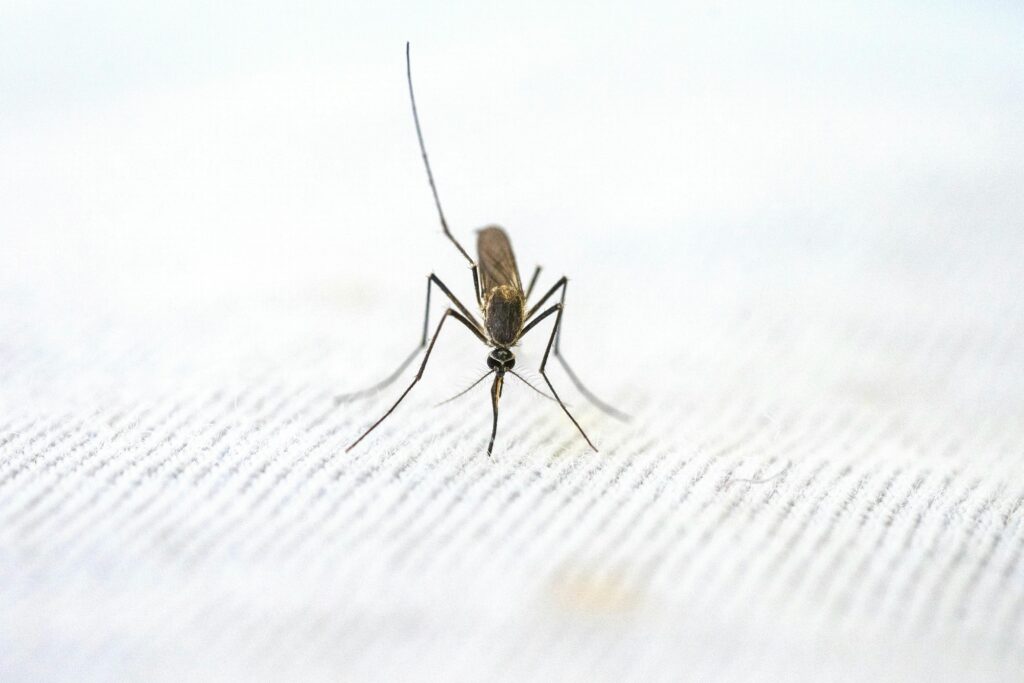Mosquito & Tick Control
Mosquitoes are considered the deadliest animal in the world due to their ability to transmit various diseases to humans, some of which can be fatal. Certain species are vectors for diseases like malaria, dengue, West Nile virus, and Zika virus, New Jersey is home to over 60 species of mosquitoes, each with different habitats, behaviors, and roles in disease transmission. Common types include Culex (spread West Nile virus), Aedes albopictus (aggressive daytime biter and potential carrier of Zika and dengue), Anopheles (historic malaria vectors), and swamp species like Coquillettidia and Culiseta (involved in Eastern Equine Encephalitis). Mosquitoes breed in standing water—from containers and gutters to swamps and woodland pools—and are most active from spring through fall. The state has extensive mosquito control programs, but residents also play a key role by eliminating standing water and using repellents.
Popular Mosquitoes In New Jersey

Culex Pipens and Salinarius

Culiseta

Aedes Albopictus

Anopheles
Anopheles mosquitoes, particularly Anopheles quadrimaculatus in New Jersey, are freshwater breeders found in marshes, ponds, and clean, slow-moving waters. They are active mainly at night and are known for their distinctive resting posture with their abdomens raised. While not major disease vectors in New Jersey today, they are historically significant as the primary transmitters of malaria in the U.S. Anopheles mosquitoes feed on both humans and animals and are monitored by mosquito control programs due to their potential to transmit imported malaria cases under the right conditions.

Coquillettidia

Aedes Canadensis
Aedes canadensis is a woodland mosquito commonly found in New Jersey, especially near shaded, temporary pools formed by spring rains or snowmelt. It typically emerges in early spring and can persist into summer, with larvae developing in vernal pools and other rain-filled depressions. Adults are moderate to aggressive biters, feeding on both humans and animals during the day and at dusk. While not a major disease vector, Ae. canadensis has been occasionally associated with transmitting Eastern Equine Encephalitis (EEE) and dog heartworm. Control is limited due to its remote breeding habitats, but personal protection and habitat awareness help reduce encounters.

